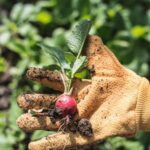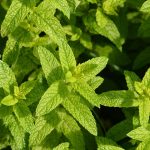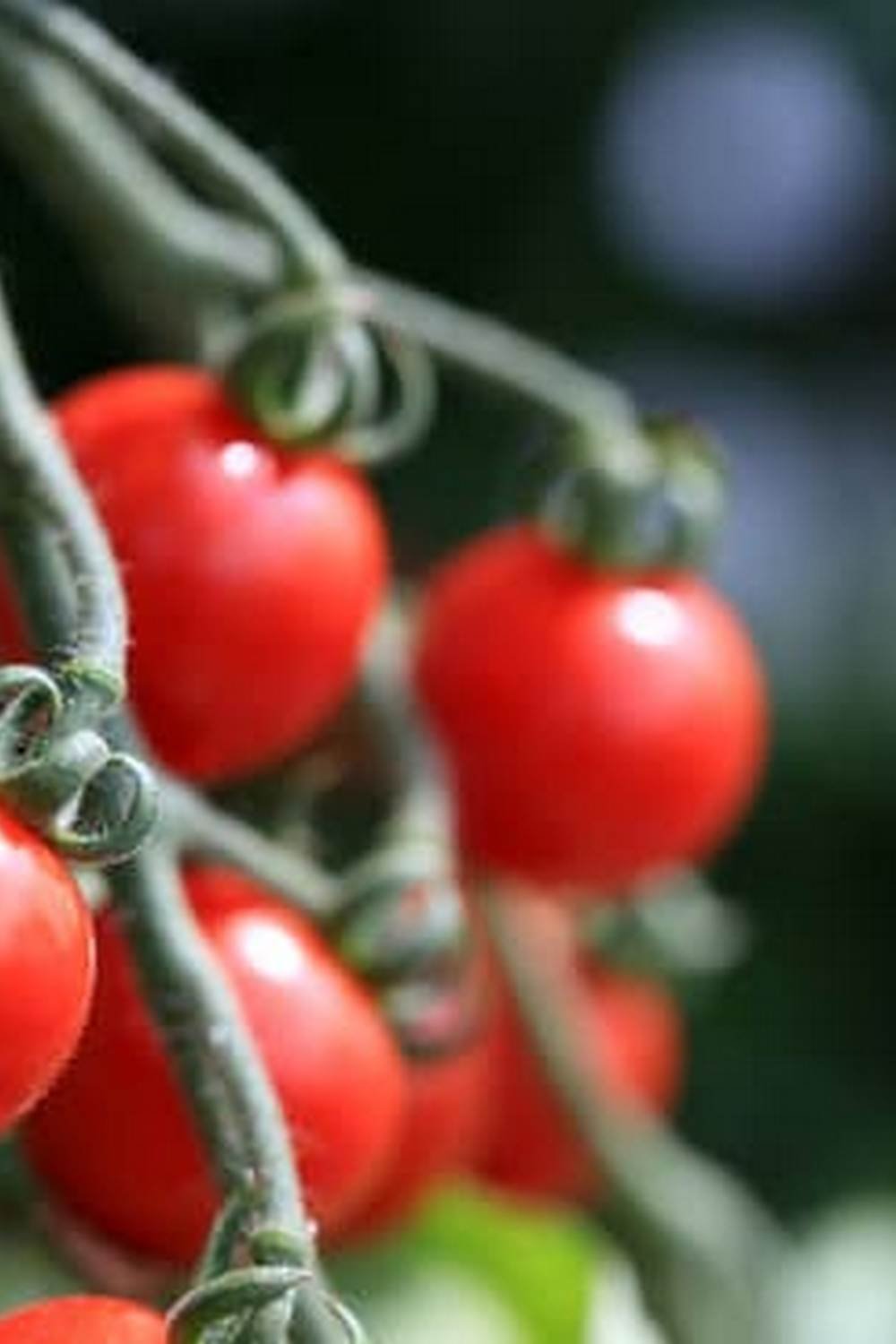Have you ever wondered how large should containers be for vegetable gardening? The size of the container plays a crucial role in the success of growing vegetables in a confined space. In this article, we will delve into the importance of container size in vegetable gardening and how it impacts the growth and productivity of your plants.
When it comes to vegetable gardening, traditional methods often involve planting directly in the ground. However, with limited outdoor space or poor soil conditions, container gardening provides an excellent alternative. Understanding the significance of choosing the right container size is essential for successful vegetable cultivation in restricted areas.
In this comprehensive guide, we will explore the benefits of container gardening, discuss the factors to consider when choosing container size, provide insights into common container sizes for different vegetable plants, and offer practical tips for maximizing success with the right container size. Whether you’re a beginner or experienced gardener, understanding how large your containers should be can make a significant difference in your vegetable gardening endeavors.
Benefits of Container Gardening
Container gardening offers numerous benefits for individuals who want to grow their own vegetables but have limited outdoor space. Some of the advantages of growing vegetables in containers include:
- Accessibility: Container gardening allows individuals to grow their own vegetables even if they don’t have access to a traditional garden plot. This is particularly beneficial for apartment dwellers or those with small yards.
- Mobility: Containers can be easily moved, allowing for flexibility in terms of sun exposure and temperature control. This makes it easier to protect plants from extreme weather conditions or pests.
- Weed and pest management: Container gardening can help minimize weed growth, as containers provide a barrier between the soil and surrounding weeds. It also makes it easier to monitor for pests and diseases, allowing for early detection and treatment.
- Soil control: Using containers allows for complete control over the soil composition, which can be particularly useful in areas where the natural soil may not be conducive to growing certain types of vegetables.
In addition to these benefits, container gardening is also a great option for those who want to incorporate gardening into their outdoor living spaces or balconies. The ability to grow fresh produce in a compact and visually appealing way adds an aesthetic value to any outdoor area. With proper care and attention to container size, vegetable gardening in containers can be just as successful as traditional ground planting.
Factors to Consider When Choosing Container Size
When it comes to choosing the right container size for vegetable gardening, there are several factors that need to be taken into consideration in order to ensure the health and productivity of your plants. Here are some key elements to consider when determining the appropriate container size for your vegetable garden:
1. Type of Vegetable: Different types of vegetables have varying root systems and space requirements. For example, vegetables like tomatoes and peppers have deep root systems and will require a larger container, while herbs like basil and cilantro can thrive in smaller pots. It’s important to research the specific needs of the vegetables you plan to grow in order to determine the ideal container size.
2. Growth Habit: Consider the growth habit of the vegetables you plan to grow. Vegetables that grow tall or produce sprawling vines, such as cucumbers or squash, will require larger containers to accommodate their size and prevent overcrowding.
3. Watering Frequency: The size of the container can also impact how often you’ll need to water your plants. Smaller containers will dry out more quickly than larger ones, so if you have limited time for watering, opting for larger containers may be beneficial in helping maintain consistent soil moisture levels.
By taking these factors into consideration, you can make an informed decision about the appropriate container size for your vegetable garden, ultimately leading to healthier plants and a more successful growing season.
Common Container Sizes for Different Vegetable Plants
When it comes to choosing the right container size for your vegetable plants, it’s important to consider the specific needs of each type of plant. For example, tomatoes generally require larger containers due to their extensive root systems and tall, sprawling growth habits. A 5-gallon container is typically recommended for a single tomato plant, while a 10-gallon container may be more suitable for larger varieties.
Peppers, on the other hand, can thrive in slightly smaller containers. A 3 to 5-gallon pot is often sufficient for most pepper plants, although some larger varieties may benefit from a 7 to 10-gallon container. It’s essential to consider the ultimate size of the pepper plant as well as its fruit load when determining the appropriate container size.
Cucumbers are another popular vegetable for container gardening, and they generally require larger containers to accommodate their vigorous vining growth. A 5-gallon container is suitable for a single cucumber plant, while larger varieties may need a 15 to 20-gallon container. Additionally, providing adequate support such as trellises or stakes is crucial for promoting healthy vertical growth in cucumber plants.
| Veggie Plant | Ideal Container Size |
|---|---|
| Tomatoes | 5-10 gallon |
| Peppers | 3-10 gallon |
| Cucumbers | 5-20 gallon |
Assessing Space and Location
Maximizing Available Space
When it comes to container gardening, the size of the space you have available will greatly impact the size of the containers you can use. If you have limited space, such as a small balcony or patio, you may need to opt for smaller containers or get creative with vertical gardening options.
On the other hand, if you have more room to work with, you can consider using larger containers or even grouping multiple containers together to create a mini garden.
Considering Growing Conditions
In addition to space limitations, it’s important to consider the growing conditions in your chosen location. Take note of how much sunlight the area receives throughout the day, as well as factors like wind exposure and temperature variations. These environmental factors will not only influence which vegetables you can grow but also what size container will be most suitable for your specific conditions.
Adapting Container Size Based on Climate
Lastly, when determining the right container size for your vegetable gardening project, take into account your local climate. If you live in a region with hot summers, larger containers may be necessary to accommodate the increased water needs of plants in warmer temperatures.
Conversely, if you experience colder weather for an extended period, smaller containers might be easier to move indoors or protect from frost. By adapting your container size based on climate considerations, you can set yourself up for greater gardening success.
The Impact of Container Size on Plant Growth and Yield
When it comes to vegetable gardening in containers, the size of the container plays a crucial role in determining the health and productivity of the plants. The impact of container size on plant growth and yield is significant, as it directly affects the root development, water retention, and nutrient uptake of the vegetables. Understanding this relationship is essential for ensuring successful vegetable gardening in containers.
One of the key factors affected by container size is root development. In a larger container, vegetable plants have more room for their roots to spread out and grow, allowing for better nutrient absorption and overall plant health. On the other hand, in smaller containers, plants may become root-bound, leading to stunted growth and decreased productivity. Therefore, choosing the right container size is essential for providing adequate space for healthy root development.
Additionally, container size also impacts water retention and nutrient uptake. Larger containers have greater soil volume, which means they can hold more water and nutrients for longer periods. This allows vegetable plants to access the necessary resources consistently, promoting healthy growth and higher yields. Conversely, smaller containers require more frequent watering and fertilizing to sustain the plants’ needs. Understanding these dynamics can help gardeners make informed decisions when selecting the appropriate container size for their vegetable plants.
Choosing the Right Material
When it comes to choosing the right material for your vegetable gardening containers, there are several options to consider. Each type of material has its own set of pros and cons, along with different container size options. Plastic containers are lightweight, inexpensive, and hold moisture well.
They come in a wide range of sizes, making them versatile for various types of vegetables. Ceramic or terracotta pots are porous and allow air and moisture to pass through the walls, but they can be heavy and breakable. Fabric containers are breathable and promote healthy root growth by allowing better aeration, but they may degrade over time.
In terms of container size, plastic pots are available in smaller sizes starting at 1 gallon for herbs and small vegetable plants. They also come in larger sizes up to 20 gallons for bigger plants like tomatoes and peppers.
Ceramic pots come in sizes ranging from small 6-inch pots for herbs to larger 24-inch pots suitable for vining vegetables like cucumbers. Fabric containers typically start at 3 gallons for compact plants such as lettuce or spinach and go up to 10 gallons for larger plants like zucchini or eggplant.
It’s important to consider the specific needs of each type of vegetable plant when choosing the material and size of your containers. For example, tomatoes need deep containers that can accommodate their extensive root systems, while shallow-rooted herbs like basil thrive in smaller containers. Understanding the benefits and limitations of each material will help you make an informed decision when selecting the right container size for your vegetable gardening needs.
| Material | Container Size Range |
|---|---|
| Plastic | 1 gallon – 20 gallons |
| Ceramic/Terracotta | 6 inches – 24 inches |
| Fabric | 3 gallons – 10 gallons |
Tips for Successful Vegetable Gardening in Containers
When it comes to successful vegetable gardening in containers, choosing the right container size is essential for maximizing success. There are several practical tips and pieces of advice that can help gardeners ensure they are using the appropriate container size for their vegetables.
Consider Plant Size and Growth Habit
One important factor to consider when choosing the right container size is the size and growth habit of the plants you wish to grow. Some vegetables, such as tomatoes and peppers, have deep root systems and require larger containers to accommodate their growth. On the other hand, shallow-rooted plants like lettuce and herbs can thrive in smaller containers. Understanding the specific needs of each vegetable plant will help you determine the appropriate container size for your gardening endeavors.
Provide Adequate Drainage
Regardless of the size of your container, it’s crucial to ensure that it has adequate drainage. Proper drainage helps prevent waterlogged soil, which can lead to root rot and other issues. When selecting containers for your vegetable garden, look for those with drainage holes in the bottom or be prepared to drill additional holes if needed. Without proper drainage, even the right container size may not be sufficient for healthy plant growth.
Choose Quality Potting Mix
In addition to selecting the right container size, using a high-quality potting mix is also essential for successful vegetable gardening in containers. Look for a well-draining mix that provides good aeration and retains moisture without becoming waterlogged. Consider adding organic matter or compost to improve soil structure and fertility, which can further support healthy plant growth in containers.
By considering these tips for successful vegetable gardening in containers, gardeners can maximize their chances of growing healthy and productive plants while utilizing the right container sizes for their specific vegetables.
Conclusion
In conclusion, the size of the container plays a crucial role in the success of vegetable gardening. Choosing the appropriate container size can have a significant impact on the growth and productivity of vegetable plants. It is important to consider factors such as the space available, the specific needs of different vegetable plants, and the overall growing conditions when determining the right container size for successful gardening.
By understanding the benefits of container gardening and taking into account factors such as drainage, root space, and plant variety, gardeners can make informed decisions about the size of containers to use. The proper container size can lead to healthier plants, better yields, and a more enjoyable gardening experience overall.
In essence, selecting the right container size is an essential aspect of successful vegetable gardening. With careful consideration and planning, gardeners can maximize their chances of growing thriving vegetable plants in containers. Whether it’s tomatoes, peppers, cucumbers, or any other vegetable variety, choosing the appropriate container size is a key step towards achieving a bountiful harvest and enjoying the rewards of home-grown produce.
Frequently Asked Questions
What Size Containers for Vegetable Gardening?
When choosing the size of containers for vegetable gardening, it’s important to consider the specific needs of each plant. Generally, larger plants like tomatoes and peppers require bigger containers, while smaller plants like herbs and lettuce can thrive in smaller pots. It’s also crucial to ensure that the containers have adequate drainage to prevent waterlogging and root rot.
How Many Vegetables Can I Grow in a 5 Gallon Container?
In a 5 gallon container, you can grow a variety of vegetables such as lettuce, spinach, radishes, and even smaller varieties of tomatoes and peppers. The key is to select compact or dwarf varieties that are well-suited for container gardening and to provide proper care including regular watering and fertilization.
What Is the Rule of Thumb for Container Gardening?
A popular rule of thumb for container gardening is the “thriller, filler, spiller” approach. This means selecting a tall “thriller” plant for the center of the container (such as a tomato or pepper), surrounding it with “filler” plants (like lettuce or herbs), and allowing some trailing “spiller” plants (like cascading petunias or sweet potato vines) to spill over the edges.
This technique creates an attractive and balanced container garden display. Additionally, ensuring proper soil quality and regular maintenance are also key factors in successful container gardening.

If you’re looking to get into vegetable gardening, or are just looking for some tips on how to make your current garden better, then you’ve come to the right place! My name is Ethel and I have been gardening for years. In this blog, I’m going to share with you some of my best tips on how to create a successful vegetable garden.





